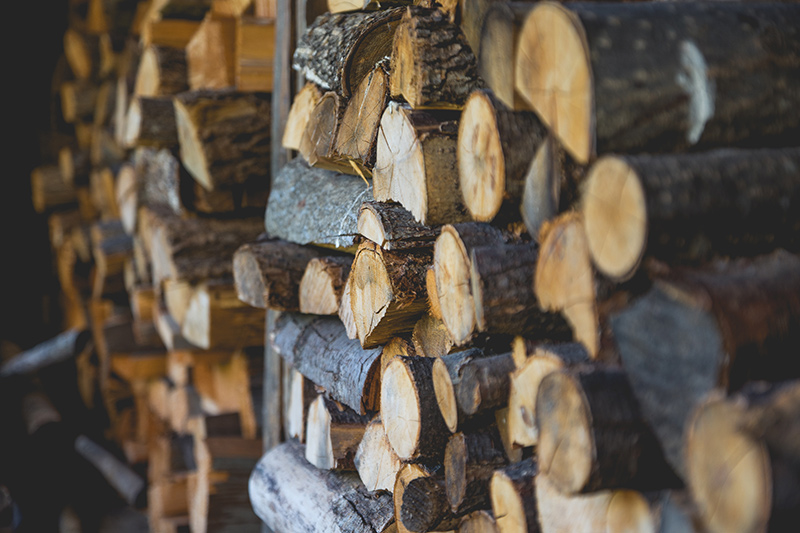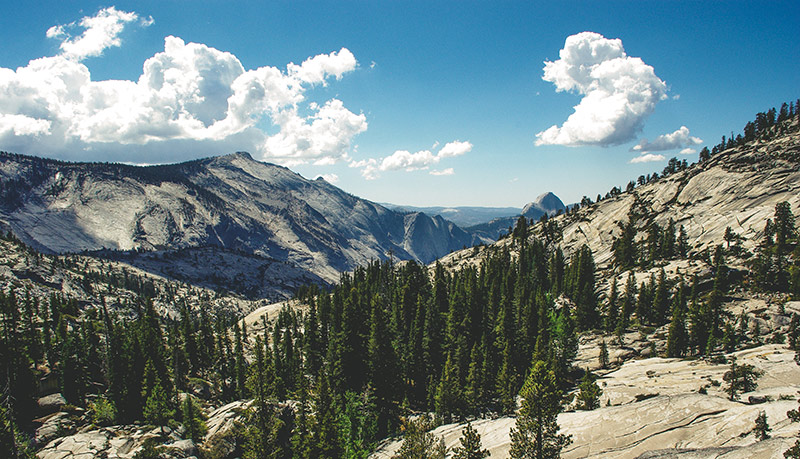
Dear Eartha,
My neighbor has been busy chopping wood all summer to get ready for the winter. I’m a bit jealous of his ability to heat with wood because it seems more natural. What is better for the environment — his wood stove or my gas one? – Ellen, Breckenridge
Great question, Ellen! As the aspen trees go through their technicolor metamorphosis, many residents’ thoughts turn to winter and chillier temperatures. It’s nearly time for our heating systems to start kicking on, whether they’re controlled by a thermostat or by manually putting logs on a fire. Wood stoves are without a doubt the more traditional and romantic home-heating approach, but they’re not necessarily the best option environmentally speaking. Let’s take a closer look.
THE BASICS OF WOOD HEAT
Although archeologists don’t know for certain when our ancestors developed the ability to make fire, evidence suggests that humans could control fire as far back as a million years ago. Over time, fires moved from caves to in-home hearths, stoves, furnaces, and boilers. When it comes to the wood stoves, the premise is simple: Typically made of metal, the fire heats the stove and heat radiates to the surrounding area. Warm air is carried throughout a house through naturally occurring convection currents or with the help of a blower system.
 ENVIRONMENTAL IMPACTS OF HEATING WITH WOOD
ENVIRONMENTAL IMPACTS OF HEATING WITH WOOD
Wood stove advocates note that wood is abundant and cheap. But how does wood really stack up?
Perhaps the gravest environmental impact to keep in mind is air pollution. Burning wood releases a great deal of particulate matter. These tiny particles can cause a host of respiratory problems, and research suggests that kids growing up in homes heated with wood experience more frequent respiratory problems. Wood smoke also contains several toxic air pollutants, including benzene and formaldehyde — both listed as potential carcinogens by the Centers for Disease Control.
This air pollution is nothing to sniff at. In some communities, up to 80 percent of the particulate matter emitted in wintertime comes from wood smoke. And a study by the Canadian government reports that even using a high-efficiency wood stove for two-and-a-half days emits as much fine particulate matter as a car does in a year.
The good news is that cleaner, more efficient wood stoves are available. In Summit County, all newly installed wood stoves must be EPA Phase II approved devices. These stoves are designed to more completely burn up the dangerous gases and particles. This results in less smoke and therefore less pollution. The Environmental Health Department also encourages homeowners with older stoves to upgrade these newer, more efficient, and cleaner models.
When it comes to emissions, there is a bit more controversy. Not so much when it comes to individual use of a wood stove, but particularly when wood is burned to generate electricity. Earlier this year, the U.S. EPA declared burning wood as carbon neutral, and wood-pellet plants are gaining popularity in Europe as a low-carbon fuel. The argument goes that when trees decompose on their own, the embodied carbon is released anyway. Trees harvested for burning can’t emit more carbon than they’ve stored, so as long as forests are replanted, the whole venture is technically carbon neutral. Scientists, however, aren’t buying it.
Even if timbered trees are replanted, it takes decades for the new trees to absorb the amount of carbon contained in the previous generation of trees. During that time — upwards of 100 years — all that added carbon dioxide is hanging out in the atmosphere. Most tree plantations are harvested on 20-year intervals, meaning that there’s no guarantee that trees will be left standing until they’ve reached carbon neutrality. Finally, there’s the question of carbon stored in soil. Soil can hold twice as much carbon as trees, but new research suggests that disturbances like logging impact the ability of the soil to keep the carbon sequestered underground.
THE CLEANEST BURN
What’s better? In terms of air pollution, your gas stove wins. Even considering efficiency improvements in wood stoves, they still produce up to 100 times more particulate matter than oil or gas furnaces. With respect to emissions, a wood burning stove at home doesn’t pose the same concerns as a utility-scale pellet plant, and if you’re using trees that were already dead, that’s about as carbon neutral as it gets. On a larger scale, wood does not stand up to electric heat generated by solar or wind which are emissions-free after manufacturing.
Energy efficiency matters, too. Don’t waste your hard-earned money or the sweat equity you put into splitting logs by letting heat escape from your home. Instead, put on a sweater, turn your thermostat back a few degrees, and sign up for a home energy assessment with the folks at the High Country Conservation Center. Because whether you use electricity, natural gas, oil, or wood, the cleanest source of energy is the fuel you don’t burn.

